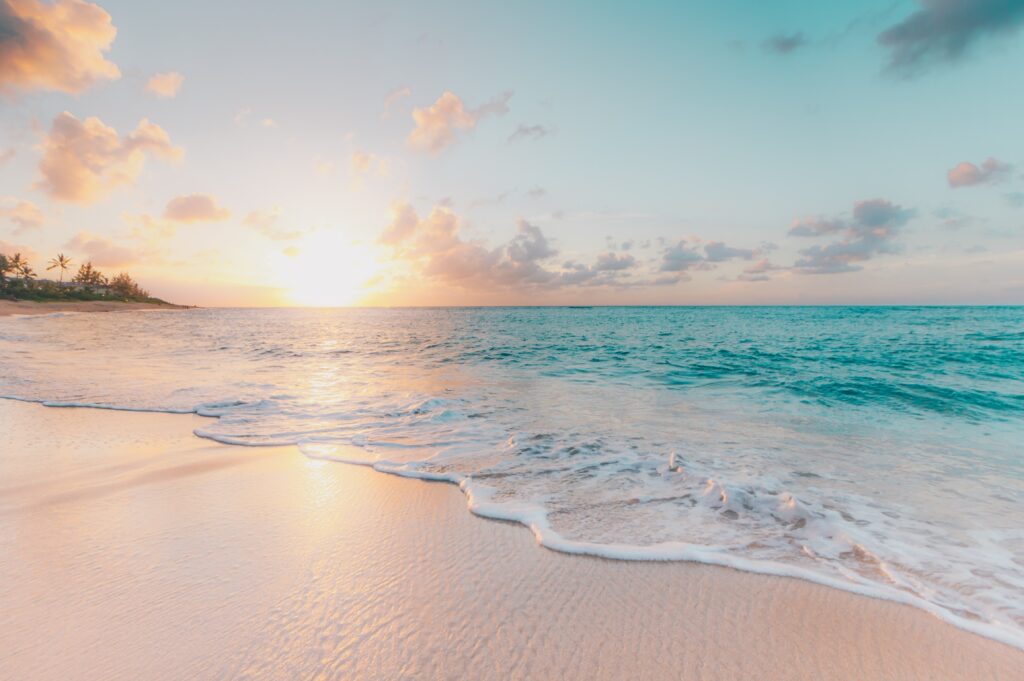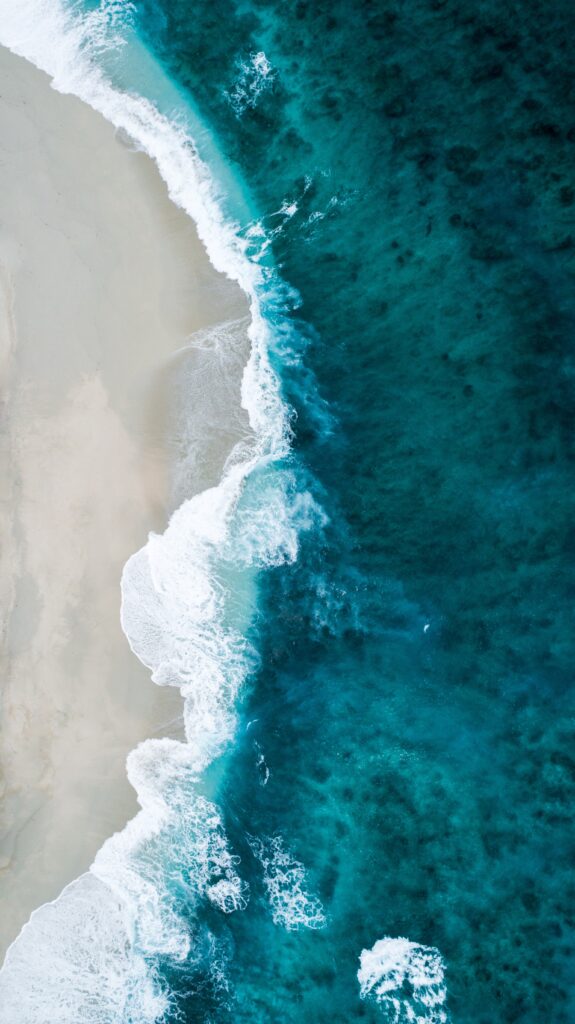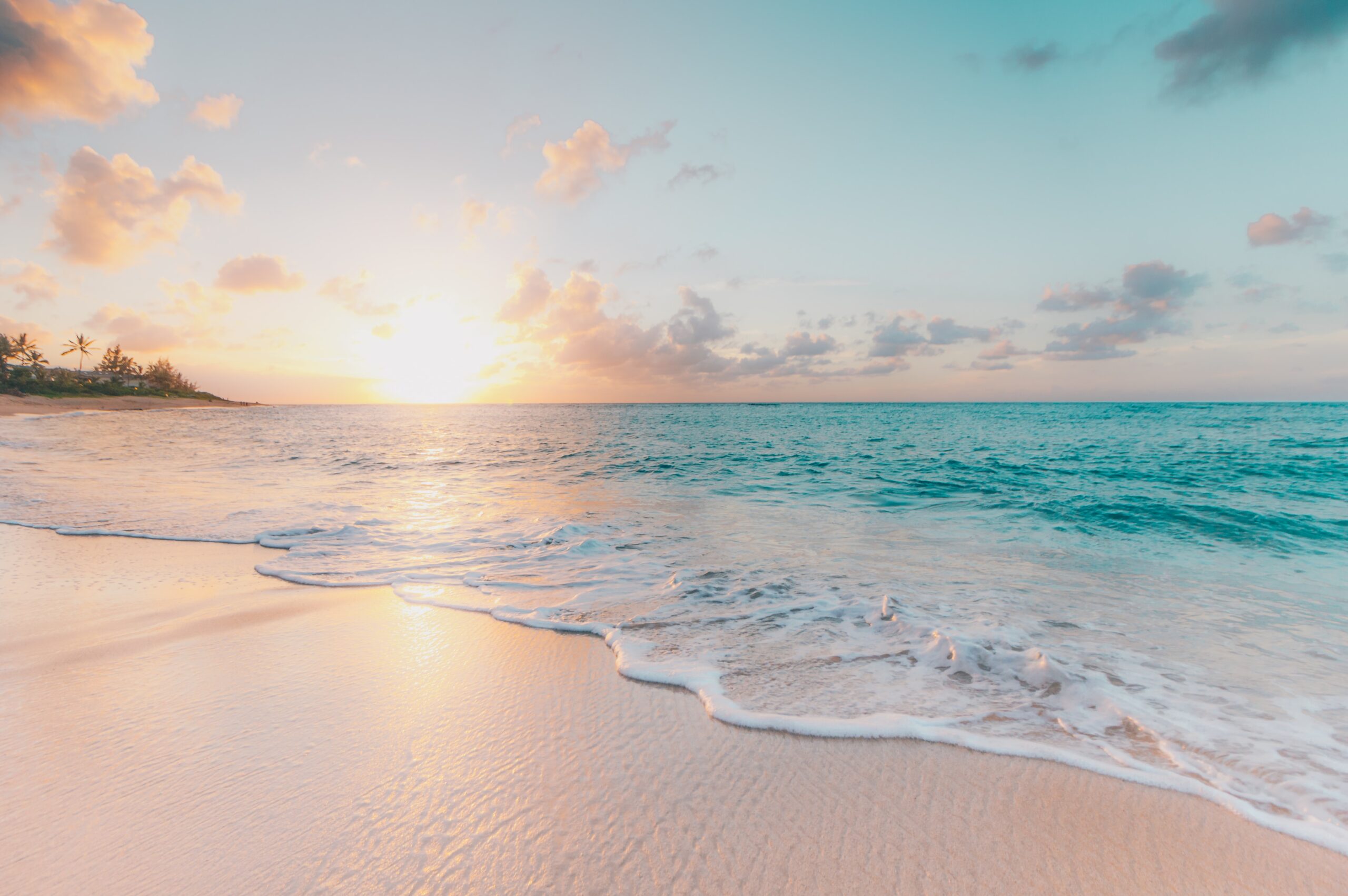Curious about the safety of swimming in Myrtle Beach? This article provides an overview of the number of shark attacks in this popular coastal destination. Offering insights into the frequency of these incidents, it aims to help you make informed decisions about enjoying the beach and water activities. Whether you’re a local or planning a beach vacation, understanding the risk of shark encounters can be valuable knowledge. Read on to discover the reality behind the question: “How many shark attacks in Myrtle Beach?”
Overview
Myrtle Beach is a popular vacation destination known for its pristine sandy beaches and sparkling blue waters. However, like any coastal area, it is important to be aware of the potential risks associated with swimming in the ocean. One such risk is the occurrence of shark attacks. While shark attacks are relatively rare, it is crucial to understand the nature of these incidents and the factors that may influence them. By being well-informed and taking necessary precautions, you can ensure a safe and enjoyable beach experience in Myrtle Beach.
Nature of Shark Attacks in Myrtle Beach
Shark attacks in Myrtle Beach, although infrequent, can potentially cause serious harm to individuals. It is important to recognize that sharks are not actively seeking out humans as prey. Most shark attacks are cases of mistaken identity, where the shark confuses a swimmer or surfer for its natural prey. These incidents occur when a shark takes a bite out of curiosity or to investigate its surroundings. However, it is important to note that even a single shark attack can have a significant impact, both physically and emotionally, on the victim and the local community.
Frequencies of Shark Attacks in Myrtle Beach
When it comes to the frequency of shark attacks in Myrtle Beach, the numbers are reassuringly low. This coastal area experiences only a handful of shark attacks each year, making it a relatively safe destination for beachgoers. The chances of encountering a shark during your visit are minimal. However, it is still crucial to understand the factors that may contribute to these rare incidents in order to minimize the risk further.
Factors Influencing Shark Attacks
Several factors can influence the occurrence of shark attacks in Myrtle Beach. These include water temperature, time of day, human activity, migration patterns of sharks, and weather conditions.
Water Temperature
Water temperature plays a significant role in the behavior and presence of sharks. In Myrtle Beach, the waters are usually warm and inviting, particularly during the summer months. Warmer waters tend to attract a greater number of marine organisms, including the prey species of sharks. As a result, the chances of a shark being present in the area may slightly increase during these times. However, it is crucial to understand that shark attacks are rare even in warm waters.
Time of Day
The time of day can also impact the likelihood of encountering a shark. While sharks are present in the coastal waters throughout the day, their activity levels may vary. Sharks are known to be more active during dawn and dusk when they are in search of food. Therefore, it is advisable to avoid swimming during these times to minimize the risk of a potential encounter with a shark.
Human Activity
The level of human activity in the water can also influence the likelihood of shark attacks. More crowded beaches with a higher number of swimmers may inadvertently increase the chances of a shark encounter since it provides more opportunity for mistaken identity. In contrast, areas with fewer people in the water may have reduced risks. It is essential to be mindful of the level of human activity around you and to take appropriate precautions accordingly.
Migration Patterns of Sharks
Sharks, like many other marine species, exhibit migration patterns. While some species are frequent residents of Myrtle Beach coastal waters, others pass through during their migratory journeys. It is important to be aware of the potential presence of certain species during specific times of the year. Understanding these migration patterns can aid in minimizing the risk of a shark encounter by adjusting your beach activities accordingly.
Weather Conditions
Weather conditions, such as storms or turbulent waters, can indirectly affect the likelihood of shark encounters. During rough weather, marine animals, including sharks, may undergo changes in their behavior and movements. It is advisable to avoid swimming or participating in water activities during adverse weather conditions, as this can increase the risk of an unanticipated encounter with a shark.

Historical Shark Attack Data
To gain a better understanding of shark attacks in Myrtle Beach, it is helpful to examine historical data. From 2000 to 2010, there were recorded shark attacks in Myrtle Beach. While the number may seem alarming at first glance, it is essential to put it into perspective. The total number of shark attacks during this period was relatively low compared to the large number of beachgoers in Myrtle Beach during the same time frame. This reinforces the fact that shark attacks are indeed rare occurrences.
Trends in Shark Attacks Over the Years
Analyzing trends in shark attacks over the years can shed light on any changes in the occurrence of these incidents. By examining the data, it becomes evident that there are no significant upward or downward trends in shark attacks in Myrtle Beach. The numbers fluctuate from year to year but do not show a consistent increase or decrease. This consistency further supports the notion that shark attacks are rare events in this area.
Shark Attack Prevention Measures
To ensure the safety of swimmers and promote a secure beach environment, Myrtle Beach has implemented various shark attack prevention measures. These measures include beach safety protocols, lifeguard services, education and awareness programs, and monitoring and research initiatives.
Beach Safety Protocols
Myrtle Beach has established strict beach safety protocols to ensure the well-being of beachgoers. These protocols include guidelines on swimming within designated areas, avoiding swimming during certain hours, and adhering to warnings or closures related to shark sightings or other potential risks. It is important to follow these protocols in order to minimize the chances of a shark encounter.
Lifeguard Services
The presence of lifeguards along the beaches of Myrtle Beach is instrumental in safeguarding beachgoers. Lifeguards undergo comprehensive training, enabling them to respond quickly and efficiently in the event of an emergency, including shark encounters. Their vigilance, knowledge, and ability to communicate important safety information helps to prevent incidents and maintain a safe beach environment.
Education and Awareness Programs
Educating beachgoers about potential risks and promoting awareness is a proactive approach to minimizing shark attacks. Myrtle Beach has implemented education and awareness programs that aim to provide visitors with valuable information on shark behavior, safety precautions, and how to respond in the unlikely event of a shark encounter. By increasing public knowledge, these programs contribute to safer and more informed beach experiences.
Monitoring and Research Initiatives
Continuous monitoring of shark activity and conducting research initiatives are crucial for understanding shark behavior and trends. Myrtle Beach actively engages in these practices to collect valuable data that can inform authorities, lifeguards, and beachgoers about any changes or patterns in shark presence. This information contributes to effective decision-making regarding beach safety measures and allows for timely precautionary actions, if needed.

Popular Myrtle Beach Beaches with Shark Encounters
Myrtle Beach is home to several stunning beaches, some of which have had reported shark encounters over the years. It is important to be aware of these locations and exercise caution while enjoying the coastline.
North Myrtle Beach
North Myrtle Beach, with its natural beauty and expansive shoreline, has witnessed shark encounters in the past. While the chances of a shark encounter are minimal, it is advisable to remain vigilant and adhere to the recommended beach safety protocols. By doing so, you can comfortably enjoy the pristine beauty of North Myrtle Beach while minimizing any potential risks.
Myrtle Beach State Park
Located just south of Myrtle Beach, Myrtle Beach State Park is another popular destination that has experienced shark encounters. This picturesque beach offers visitors the opportunity to immerse themselves in nature, but it is important to be mindful of your surroundings and follow the beach safety guidelines to ensure a safe and enjoyable visit.
Cherry Grove Beach
Cherry Grove Beach, situated in North Myrtle Beach, is renowned for its stunning natural surroundings and tranquil atmosphere. While shark encounters at Cherry Grove Beach are rare, it is crucial to be aware of the potential presence of sharks and to exercise caution. By practicing safe beach habits and staying informed, you can fully embrace the beauty of Cherry Grove Beach while minimizing any potential risks.
Shark Species Found in Myrtle Beach
Myrtle Beach is home to various shark species that inhabit its coastal waters. Understanding the common shark species found in this area and their migration and feeding patterns can aid in reducing the risk of shark encounters.
Common Shark Species in Myrtle Beach
Several species of sharks are commonly found in Myrtle Beach waters, including the Atlantic sharpnose shark, blacktip shark, spinner shark, and sand tiger shark. These species are generally small to medium-sized and pose minimal threat to humans. It is important to remember that these sharks play a crucial role in maintaining the health of the marine ecosystem and should be respected and appreciated from a safe distance.
Migration and Feeding Patterns of These Species
The migration and feeding patterns of sharks in Myrtle Beach vary based on the species. Some species are known to be more prevalent during certain times of the year, while others may pass through the area during their migratory journeys. Being aware of these patterns can assist beachgoers in adjusting their activities to minimize the chances of a shark encounter. By avoiding areas with high baitfish activity or swimming during peak migration times, you can significantly reduce the risk.

Tips for Safe Beach Activities
While the chances of experiencing a shark encounter in Myrtle Beach are minimal, it is always wise to take additional precautions to ensure a safe beach experience. Here are some tips for safe beach activities:
Swimming in Safe Zones
Swimming in designated areas supervised by lifeguards is a fundamental safety measure. These areas are carefully selected to maximize the safety of beachgoers and minimize the risk of shark encounters. By swimming in these safe zones, you can enjoy the water with peace of mind.
Avoiding Swimming at Dawn and Dusk
Sharks are more active during dawn and dusk, as they are in search of food. It is advisable to avoid swimming during these times to reduce the potential risk of an encounter. Opt for swimming during daylight hours when the chances of encountering a shark are significantly lower.
Avoiding Areas with Baitfish Activity
Sharks are attracted to areas with large concentrations of baitfish since they serve as a source of food. Avoid swimming in areas where there is visible baitfish activity, as this can inadvertently draw sharks closer to the shore. By recognizing the signs of baitfish activity, such as swirling water or feeding birds, you can make informed decisions about where to swim.
Using Additional Precautions for Surfing and Paddleboarding
If you are participating in water activities such as surfing or paddleboarding, it is essential to take extra precautions. These activities can unintentionally mimic the movements of prey species and may attract the attention of curious sharks. Avoid areas with visible shark activity and consider using additional safety equipment such as a shark deterrent device or surfing in groups. By being proactive, you can minimize the risk during your water-based adventures.
Emergency Procedures in Case of Shark Attack
While shark attacks are rare, it is important to be prepared and understand the necessary steps to take in the event of an encounter. Here are some emergency procedures to follow:
First-Aid Guidelines for Shark Bite Wounds
If a shark bite does occur, immediate first-aid should be administered to minimize the severity of the injury. This includes applying pressure to control bleeding and seeking medical attention as soon as possible. Understanding basic first-aid procedures can significantly improve the chances of a positive outcome in such instances.
Notifying Authorities
It is crucial to notify the local authorities immediately if a shark encounter or attack occurs. This allows them to respond promptly, assess the situation, and implement necessary safety measures or beach closures to protect both residents and visitors. By reporting the incident, you are contributing to the overall safety of the beach community.
Transportation to Medical Facilities
In the event of a shark attack, immediate transportation to a medical facility is vital. Time is of the essence, and prompt medical attention can make a significant difference in the outcome of the injury. Arrange for transportation to the nearest medical facility or dial emergency services for assistance.
Comparisons with Other Beach Destinations
To gain a broader perspective on shark attacks in Myrtle Beach, it is helpful to compare the incidence rates with other prominent beach destinations. This allows us to understand any differences and factors contributing to these variations.
Comparison of Shark Attack Rates Between Myrtle Beach and Other Prominent Beach Destinations
When comparing the shark attack rates in Myrtle Beach with other popular beach destinations, it becomes evident that Myrtle Beach experiences fewer shark attacks. The numbers of shark attacks reported in Myrtle Beach are significantly lower than those in other coastal regions. This may be attributed to various factors, including oceanographic conditions, species diversity, human population density, and shark management strategies.
Factors Contributing to These Differences
The lower occurrence of shark attacks in Myrtle Beach can be attributed to a combination of factors. The region’s oceanographic conditions, such as water temperature and water clarity, may differ from other coastal areas, making it less conducive for shark activity. Additionally, if there are fewer species known to be aggressive or prone to interactions with humans in the surrounding waters, the chances of encountering a shark naturally decrease. Moreover, the implementation of effective beach safety protocols, lifeguard services, and educational programs in Myrtle Beach contributes to a safer beach environment and reduces the likelihood of shark encounters.
Future Perspectives
The study of shark behavior and monitoring practices can further our understanding of these magnificent creatures and enhance beach safety measures in Myrtle Beach. Continued research and monitoring initiatives will contribute to a more comprehensive understanding of shark behavior, migration patterns, and factors that influence their presence in certain areas. This knowledge will help authorities, lifeguards, and beachgoers implement appropriate safety measures and make informed decisions.
Implications for Tourism and Economy
Maintaining a safe beach environment and ensuring the well-being of beachgoers has implications for tourism and the local economy. By establishing Myrtle Beach as a destination with minimal shark-related risks, visitors can feel confident and secure while enjoying the beautiful beaches. The positive tourism experience not only benefits the local businesses and economy but also fosters a strong sense of community.
Studies on Shark Behavior and Monitoring Practices
Investing in studies on shark behavior and monitoring practices is essential for the future of beach safety in Myrtle Beach. This research will enable scientists to gain deeper insights into shark habits, feeding patterns, and migration routes. By staying updated on the latest scientific findings, authorities and beach administrators can fine-tune safety protocols and adapt to any changes in shark behavior, ensuring the continued safety of beachgoers.
In conclusion, while shark attacks in Myrtle Beach are exceedingly rare, it is crucial to be aware of the nature of these incidents and the factors that may influence them. By understanding the behaviors of sharks, following beach safety protocols, and staying informed, you can confidently enjoy the beautiful beaches of Myrtle Beach while minimizing any potential risks. The implementation of effective prevention measures, research initiatives, and ongoing education and awareness programs continue to make Myrtle Beach a safe and enjoyable destination for beachgoers from around the world.
